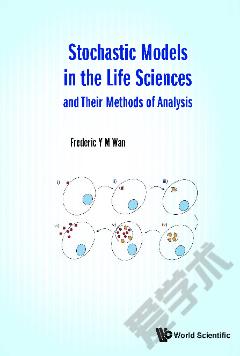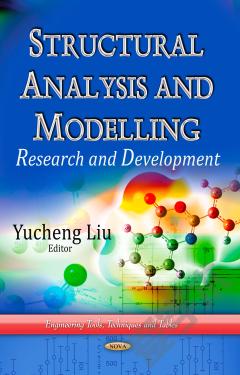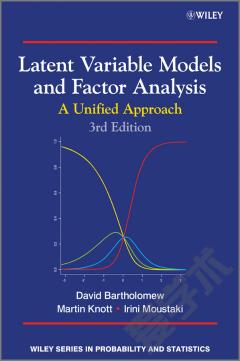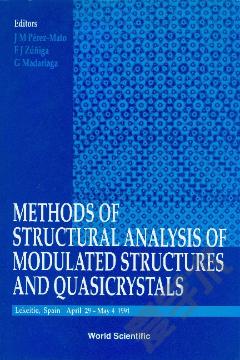Analysis of Variance and Covariance: How to Choose and Construct Models for the Life Sciences
Analysis of variance (ANOVA) is a core technique for analysing data in the Life Sciences. This reference book bridges the gap between statistical theory and practical data analysis by presenting a comprehensive set of tables for all standard models of analysis of variance and covariance with up to three treatment factors. The book will serve as a tool to help post-graduates and professionals define their hypotheses, design appropriate experiments, translate them into a statistical model, validate the output from statistics packages and verify results. The systematic layout makes it easy for readers to identify which types of model best fit the themes they are investigating, and to evaluate the strengths and weaknesses of alternative experimental designs. In addition, a concise introduction to the principles of analysis of variance and covariance is provided, alongside worked examples illustrating issues and decisions faced by analysts. ⢠Pictorial representations of designs and tabulated descriptions help readers differentiate between models and evaluate designs ⢠Worked examples of the principal models and illustrative examples of applications are developed through this book, bringing the statistics to life ⢠Chapter on troubleshooting problems, addresses frequently asked questions on data collection, practicalities of analysing data and interpretation of results Contents: Preface; Introduction to analysis of variance; Introduction to model structures; 1. One-factor designs; 2. Nested designs; 3. Fully replicated factorial designs; 4. Randomised-block designs; 5. Split-plot designs; 6. Repeated- measures designs; 7. Unreplicated designs; Further topics; Choosing experimental designs; How to request models in a statistics package; Best practice in presentation of the design; Troubleshooting problems during analysis; Glossary; Bibliography; Index of all ANOVA models with up to three factors; Index; Categories of model.
{{comment.content}}








 京公网安备 11010802027623号
京公网安备 11010802027623号